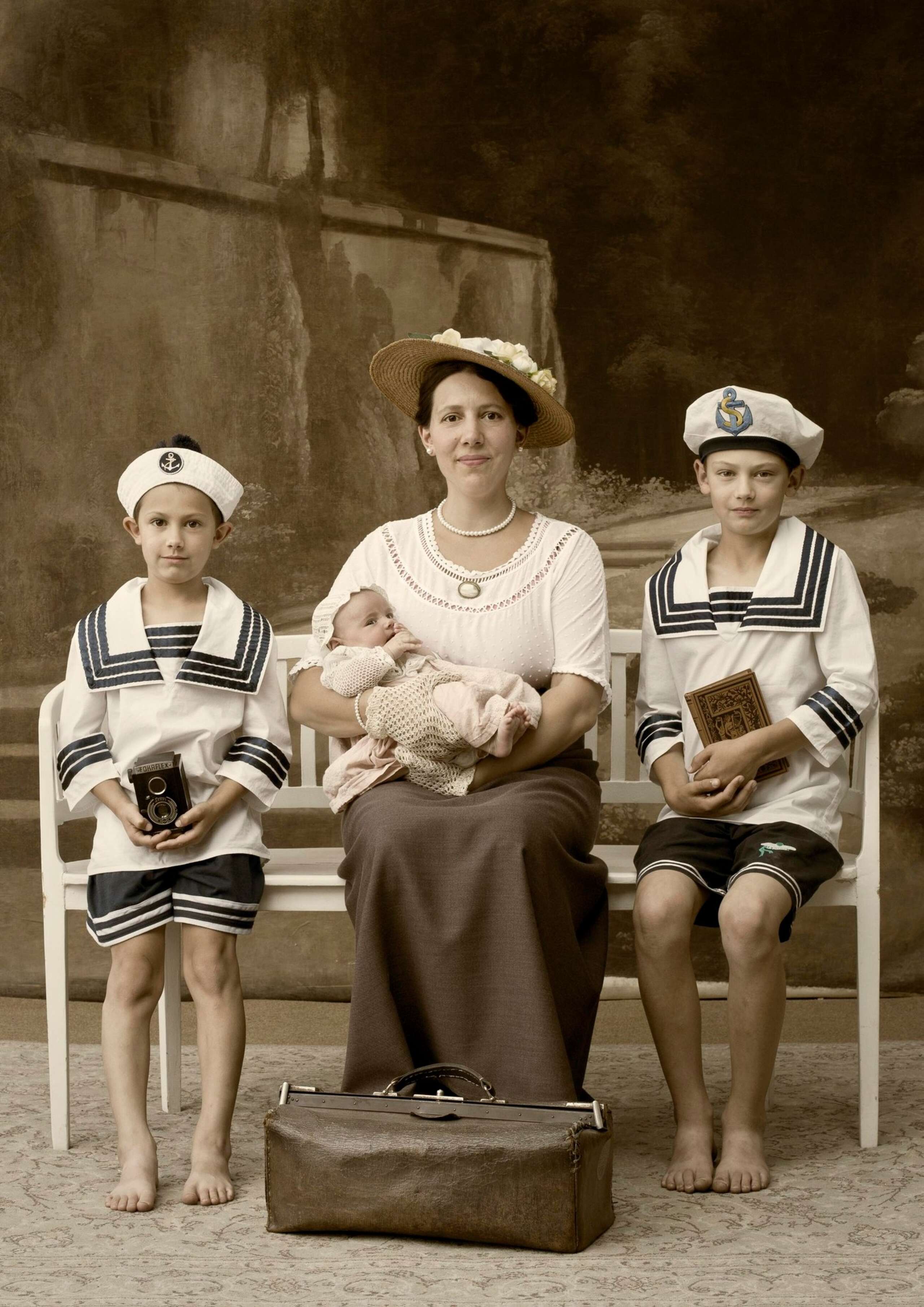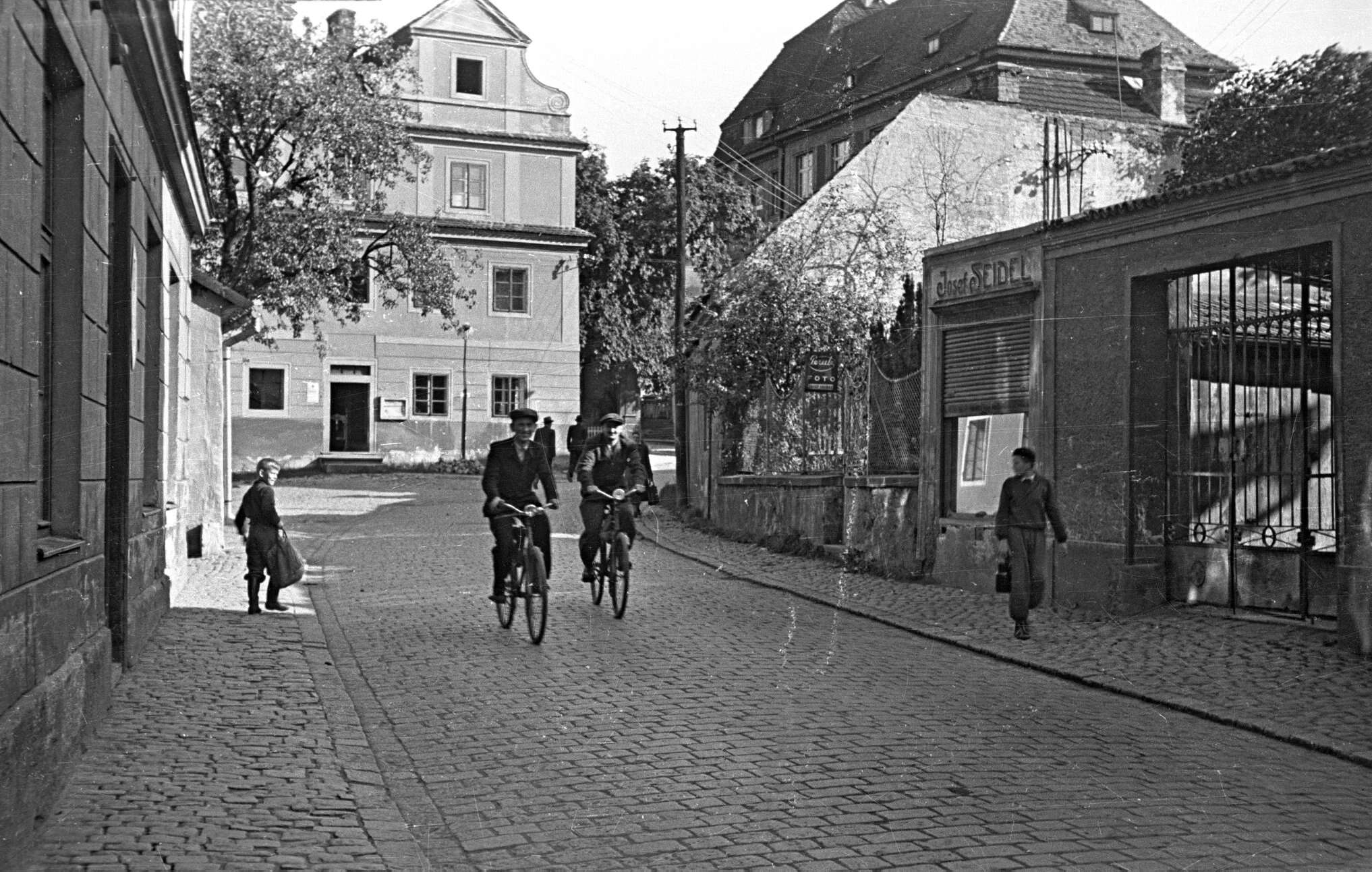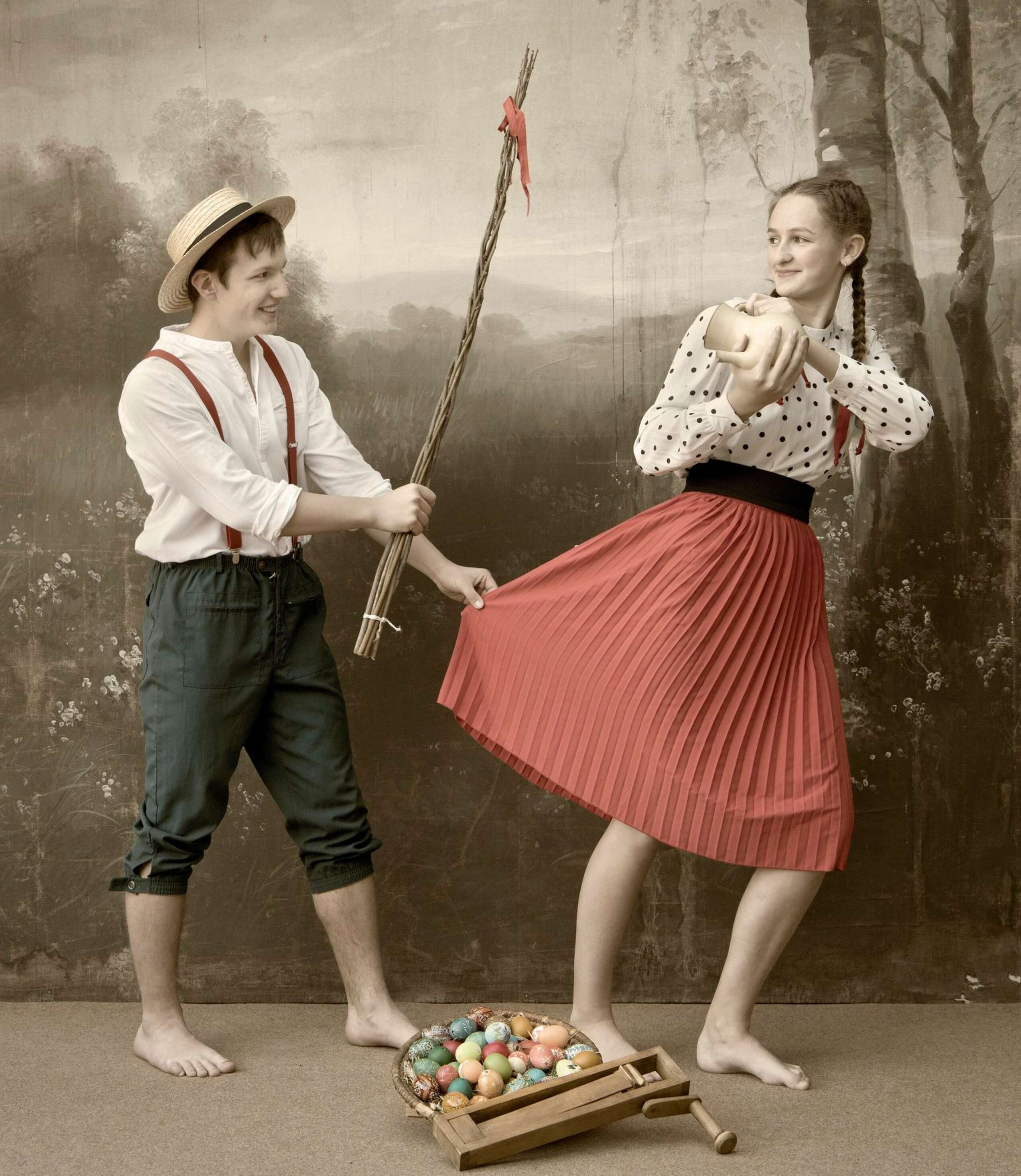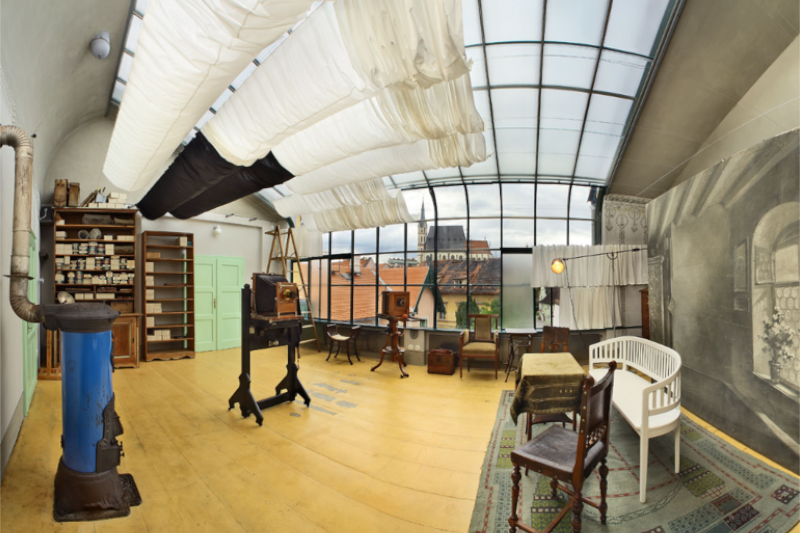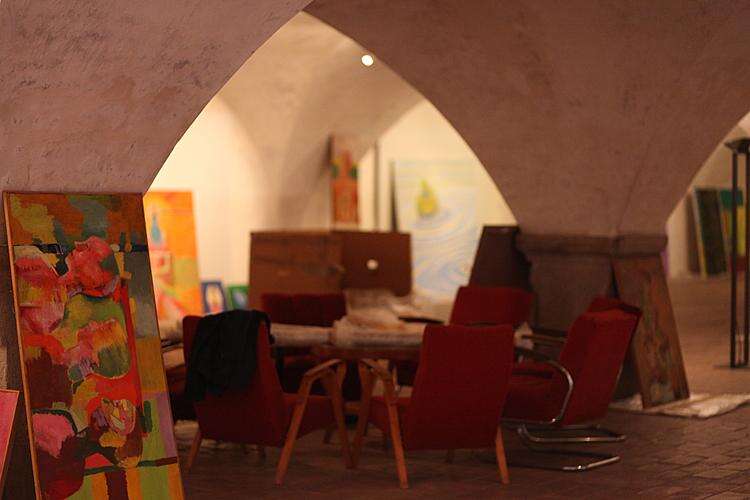Museum Fotoatelier Seidel
In the middle of a fairly busy city, you'll find an oasis of peace and history.
Enter a house from 1905 and let yourself be enchanted by the place that hides the story of the beginnings of photography. Displaying the turbulent fate of the pioneers of this craft and the photographic chronicle of the Czech-German-Austrian border at the end of the 19th and the first half of the 20th century.
Feel the atmosphere of 19th century
The Seidel photo studio in Český Krumlov offers a tour of the elegantly restored historical rooms, where you can feel the atmosphere. Everything is arranged as if the house was still in use and its inhabitants were just taking a short break. The studio belonged to the father and son duo - Josef and František Seidel.
1st photographer to follow his subjects on skis
Josef was born in 1859 into a family of glass cutters. After training as a photographer he wandered as a photographic assistant in Transylvania, Hungary, Bohemia and Austria. He found his passion in landscape photography. Concentrating to capture the beauty of the Bohemian Forest in all seasons.
The versatile and talented Seidel soon achieved considerable success and fame. He was one of the pioneers of skiing and one of the 1st photographers to follow his subjects on skis. In the summer he used a bicycle and later a motorbike for his travels. In 1905, Seidel began to use a Laurin-Klement motorcycle for his trips to the Bohemian Forest, which made his travels much faster.
1st panoramic pictures of Šumava
Around 1920, he created his 1st panoramic pictures of Šumava as a leporello consisting of 28 shots. The biggest masterpiece he captured was from the Kleť mountain capturing the distant peaks of the Alps towering behind Šumava. At this time Josef Seidel already had a thriving publishing house at his photographic factory, which published his photographs in various formats - postcards in editions from 100 to 1000 copies of one shot.
Negatives confiscated by communists
His son František was born in 1908 and destined to follow in his father's footsteps. After the death of his father, František took over the business. The thriving company had 11 employees at the time and was divided into three departments - portrait, amateur and postcard.
František ran the business until 1949, when it was shut down by the Communists and part of the archive of negatives confiscated by the then Ministry of Information and Enlightenment. Seidel's postcards with landscape motifs were then published by the state publishing house Orbis in the 1950s. From the moment he had to close the family studio, he hasn't touched it until his death and only used the photo chamber for his private purposes. Life hadn't been easy for him - imprisoned for 9 months by the fascists and separated from his fiance for 13 years. They reunited in January 1959 and got married a few weeks later. After the fall of The Iron Curtain, Seidel and his wife were able to live a normal democratic life until their death.
Take a photo in a 100 years old studio
Some people buy souvenirs which are then thrown in a closet but you can make your trip truly memorable and bring a valuable souvenir back home. The opportunity to take photos in the original Art Nouveau studio, which is more than 100 years old. Period costumes inspired by the early 20th century are available for rent directly from the museum. Gentlemen are advised to bring dress shoes and trousers, this is a must for larger groups.
